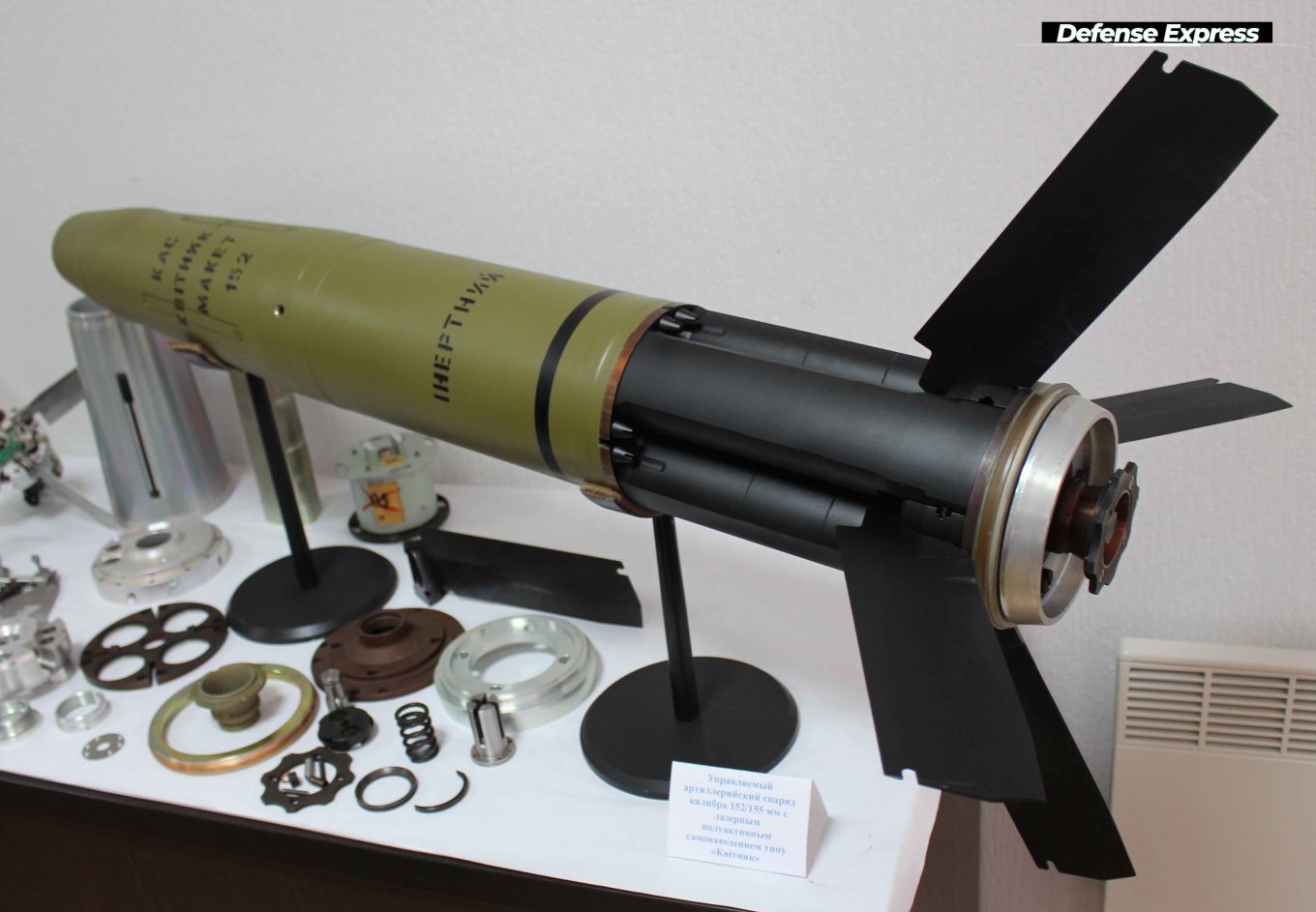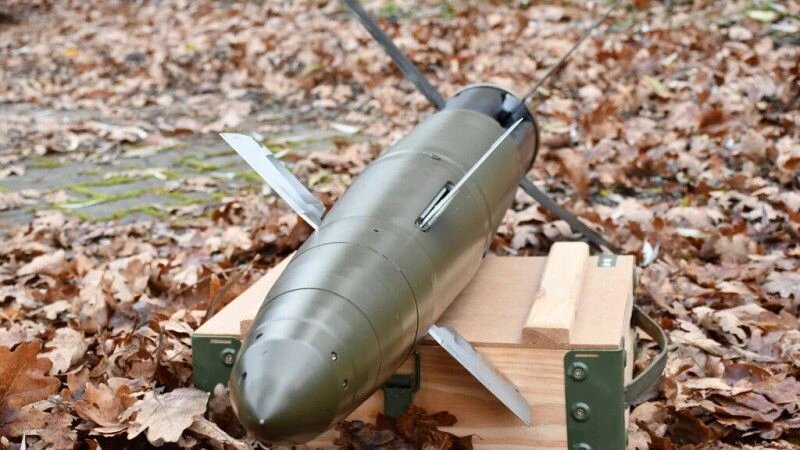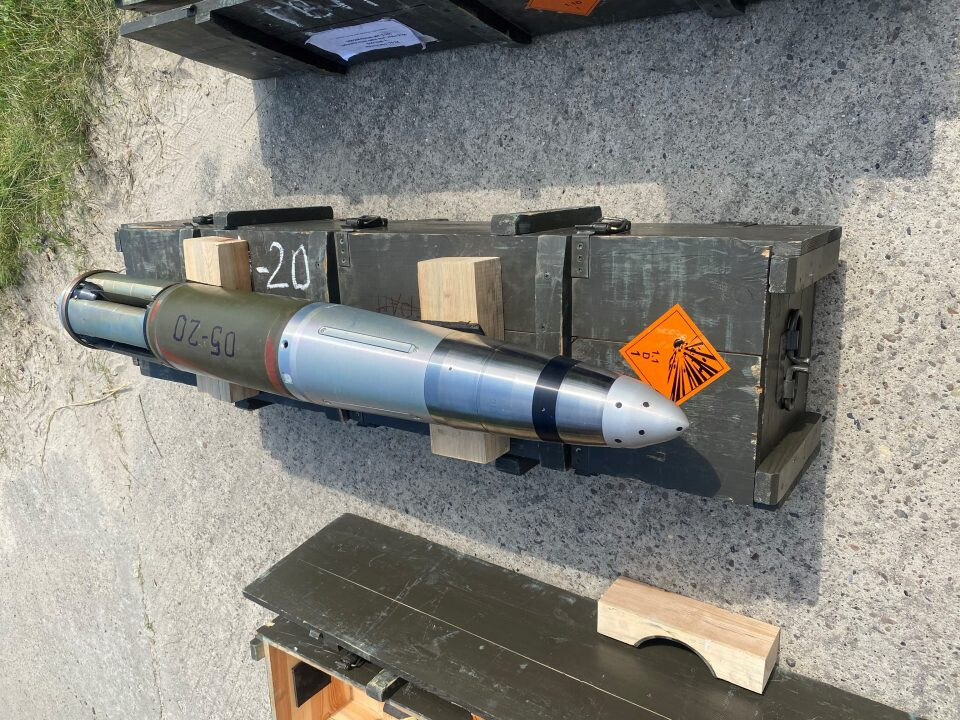Seeking a New Smart Munition, Poland Considers the APR 155 Based on Ukraine’s Kvitnyk
The Polish Ministry of Defense’s weapon acquisition agency has announced market consultations for the potential purchase of 155mm precision-guided projectiles for Krab and K9 Thunder self-propelled artillery systems, Defence24 reports.
The very format of “market consultations” means exploring options in the arms market and does not yet signify a commitment to awarding a contract. The consultations will help Poland assess available choices for smart artillery rounds.
That said, the Polish military appears determined to acquire smart shells for its artillery even despite Western reports indicating that russian electronic warfare significantly reduces the accuracy of precision-guided munitions like Excalibur and Vulcano on Ukrainian battlefields.

As far as Warsaw’s initiative of buying new smart artillery rounds is still in its inception, nothing says how much ammunition the Polish military wants at this stage or how much money and time they can offer the potential candidates to fulfill the order.
However, there’s a list of options among guided 155-mm projectiles that the Polish generals are interested in:
- M982 Excalibur from BAE Systems and RTX;
- SMArt 155 from Diehl and Rheinmetall;
- KATANA from KNDS France (still in development);
- Vulcano GLR projectile from Leonardo, featuring individually guided submunitions;
- APR 155 from Polish defense companies ZM Mesko and CRW Telesystem-Mesko, based on the Ukrainian Kvitnyk guided shell project.
In addition to purchasing the shells, Poland is looking into the possibility of domestic manufacturing for these guided rounds.

The market consultations will examine traditional aspects such as the quantity of shells available for delivery, their costs, deadlines, but no less importantly, ease of maintenance and training required for Polish artillerymen.
The last item in the list in particularly noteworthy. The APR 155 is rooted in a Ukrainian development called Kvitnyk. Created by Ukraine’s Progress — more specifically, by its affiliate Tochnist R&D company, — this precision-guided artillery round never managed to be finalized, development always stalling in the testing phase.
Known as Kvitnyk-E in the export version, it was designed to target armored vehicles, mobile missile or artillery systems, naval ships, and fortified structures using a semi-active laser homing head (type 9E421).
This fragmentation projectile can land a hit on targets moving at speeds up to 36 km/h and comes in 152mm (Soviet) and 155mm (NATO) calibers, with ranges 12 km or 20 km, respectively. More details about Kvitnyk and the history of this project here.

The Polish company ZM Mesko S.A., meanwhile, took the concept and in cooperation with Ukraine’s Progress created a family of effectors named Amunicji Precyzyjnego Rażenia (Precision Attack Ammunition). Besides the APR 155, there’s also a 120mm shell for mortars.
The first firings of APR 155, at the time assembled in Ukraine, took place in 2014. Over the years, the Polish defense industry deployed local manufacture while adding more and more of its own technology, which included replacing the homing head with a domestically produced analog and the LPC-1 laser target illuminator from CRW Telesystem-Mesko.
The last official notice dates 2020 about the APR 155 nearing the finish of development, with mass production planned to commence in 2021. But according to ZBiAM, the final tests were only concluded in July 2022, with production expected to start next year.

